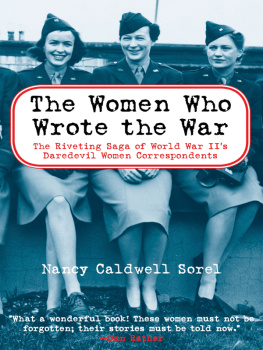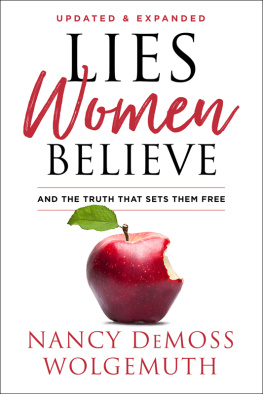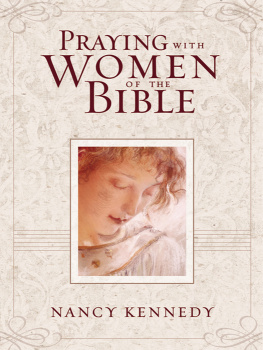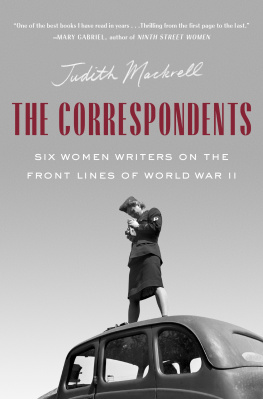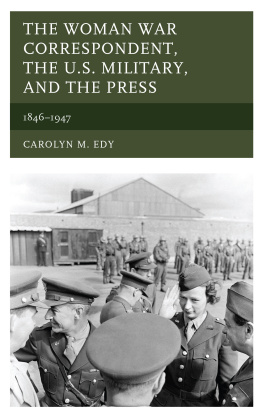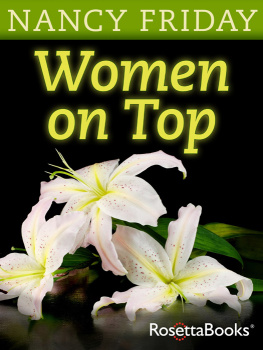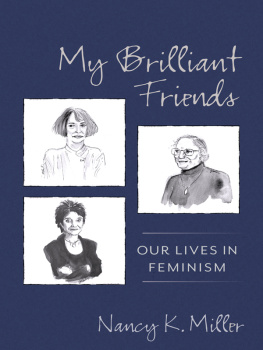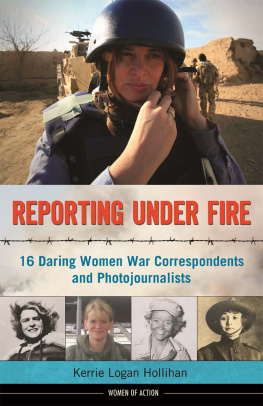The Women Who
Wrote the War
BY THE SAME AUTHOR
Ever Since Eve: Reflections on Childbirth
First Encounters: Meeting with Memorable People
Word People
The Women Who
Wrote the War
Nancy Caldwell Sorel

Arcade Publishing New York
Copyright 1999 by Nancy Caldwell Sorel
All rights reserved. No part of this book may be reproduced in any form or by any electronic or mechanical means, including information storage and retrieval systems, without permission in writing from the publisher, except by a reviewer who may quote brief passages in a review.
FIRST EDITION
Library of Congress Cataloging-in-Publication Data
Sorel, Nancy Caldwell.
The women who wrote the war / Nancy Caldwell Sorel. 1st ed.
p. cm.
Includes bibliographical references and index.
ISBN 1-55970-493-4
1. World War, 1939-1945Journalists Biography. 2. World War,
1939-1945Photography. 3. War photographersUnited States Biography. 4. Women journalistsUnited States Biography. 5. Women photographersUnited States Biography. I. Title.
D799.U6 S563 1999
940.53082dc21 99-16177
Published in the United States by Arcade Publishing, Inc., New York Distributed by Time Warner Trade Publishing
10 9 8 7 6 5 4 3 2 1
Designed by API
BP
PRINTED IN THE UNITED STATES OF AMERICA
For my sisters, Suzanne and Virginia,
my daughters, Jenny and Katherine,
Madeline, Suzanne, and Maria.
Also for Leo, and always for Ed.
Contents
It is my deep regret that of the many correspondents I interviewed for this book, so few are here to read it now. Helen Kirkpatrick Milbank and Tania Long Daniell in particular became friends and offered me their experiences and insights over an interval of some years. Catherine Coyne Hudson, Eve Curie Labouisse, Shelley Mydans, Lael Wertenbaker, Iris Carpenter Akers, Lyn Crost Stern, Virginia Lee Warren Bracker, Mary Marvin Breckinridge, and Faye Gillis Wells were generous with their recollections. Annalee Jacoby Fadiman, Betty Wason, and Bonnie Wiley wrote from distant locations, and Patricia Lochridge recorded her story for her sons, who forwarded it to me. I also talked with male reporters, including Philip Hamburger, Carl Mydans, Harrison Salisbury, and William Walton, and corresponded with Allan Jackson, Lawrence LeSueur, Colonel Barney Oldfield, and David E. Scherman. Edith Iglauer Daly and Ruth Gruber did not report the war but knew many who had. I am immensely grateful to them all.
I wish to thank Frederick Voss, Historian/Curator, at the National Portrait Gallery; Margaret E. Wagner, Special Projects Coordinator, and Irene Ursula Burnham, Director of Interpretive Programs, Library of Congress; also Fern Ingersoll and Barbara Vandergriff at the Washington Press Club Foundation and National Press Club. Eva Mosely, Kathy Kraft, and Wendy Thomas at the Schlesinger Library, Radcliffe College, were consistently helpful. I am indebted to Emmett Chisum, Research Historian, and Jennifer King at the American Heritage Center, University of Wyoming; Jim Gallagher, Library Coordinator, George H. Beebe Communications Library, and Margaret Goostray, Director, Special Collections, Mugar Memorial Library, at Boston University; Harold L. Miller, Reference Archivist, at the State Historical Society of Wisconsin; Amy Hague, Assistant Curator, Sophia Smith Collection, Smith College; Carolyn Davis, Special Collections, George Arents Research Library, Syracuse University; Diane E. Kaplan, Archivist, Yale University Library; Nicole L. Bouche, Manuscripts Division, Bancroft Library, University of California, Berkeley; Elaine Felcher, Archivist, Time-Life; and Bob Medina at the New York Times.
Gathering photographs for this book was not an easy task. I express my appreciation to Antony Penrose, Lee Millers son and biographer, and Carole Callow, Archivist, at the Lee Miller Archives, Chiddingly, East Sussex, England; also to Barbara W. Brannon, Curator, Prints & Photographs Division, Library of Congress; Marie Helene Gold, Photograph Coordinator, Schlesinger Library, Radcliffe College; Beth Zarcone, Laura Giammarco, and George Hogan at Time-Life; Alan Goodrich, Audio-Visual Department, John E Kennedy Library; Dan Fuller, Visual Materials Archivist, State Historical Society of Wisconsin; Camille Ruggiero at AP/Wide World Photos; and the staff of the Corbis-Bettman Archives.
The New York Public Library deserves a special vote of thanks; I all but lived there for several years, and could never have written this book without its voluminous resources and attentive staff.
I greatly benefited from the editorial observations of Ann Close, Byron Dobell, and Sara Blackburn. I owe much to Kirsten Bakis and Carole Spector for long hours spent transcribing tapes, and for research aid provided by my daughter Katherine and my loyal and tireless friend Helen Levacca. I also wish to recognize the effort on my behalf of Sonia Tomaras family, especially Tatiana de Fidler but also Blair Clark and C. Bassine; of Patricia Lochridges son Steve Bull; of Catherine Coynes sister-in-law Beatrice Coyne; and Marjorie Averys good friend Kathleen Scott. Margaret Wolfs contribution to the Margaret Bourke-White story is much appreciated.
I am grateful to my agent, Irene Skolnick, for her blessed persistence and her devotion. My editors, Richard and Jeannette Seaver, are wise and wonderful; Jeannettes critical acumen and ready enthusiasm have been especially welcome. Tim Bent, Cal Barksdale, and Phillipa Tawn brought their individual expertise and good fellowship to this endeavor.
Finally, I would not have made it through the nine years spent on this book without the unwavering encouragement of my friends. Robert Kotlowitz, Dorothy Gallagher, and Richard Snow read the manuscript and offered their insight. Daniel Okrent at Time-Life, Peter Nichols at the New York Times, Neil Hickey at the Columbia Journalism Review, and Ben Sonnenberg proved valuable intermediaries. I am especially grateful to my husband Ed, who supplied the saving grace of daily laughter. Other friends, and family, were simply there, with abiding support and affection, and I thank them all.
World War II was a great, tragic, drawn-out epic with a huge cast of characters. War correspondents were a tiny part of the whole, and women war correspondents fewer than a hundred in all comprised a fraction of that part. Most serious American journalists, male and female, wanted a piece of this story that was soon to cover much of the globe; the women were as determined as the men, although at the time few newspaperwomen had made it from the society desk into the newsroom. But the robustness of the American press was in their favor, with many more daily newspapers, news periodicals, and wire services than there are today, and with news bureaus in every capital of importance. Women benefited from this comprehensiveness if only because it left room for them. More than twenty-five newspapers, about the same number of magazines, eight wire services, and five radio networks employed women directly as war correspondents.
Although there was much that was common to the experience of all women correspondents, I was always struck by the variety of their perspectives. The longtimers often felt themselves participants in the action understandable for someone dodging shells while taking notes, or typing a story during a bombing raid. Personal danger tends to blur ones vision. It also tests ones courage. Several women were close to fearless, others perpetually scared, most somewhere in between. They may not always have coped cheerfully with the lack of amenities, the endless rain, the cold, colds, foot blisters, aching limbs, and worse, but they all coped. It was essential to their pride that they not admit to small defeats.
Next page
